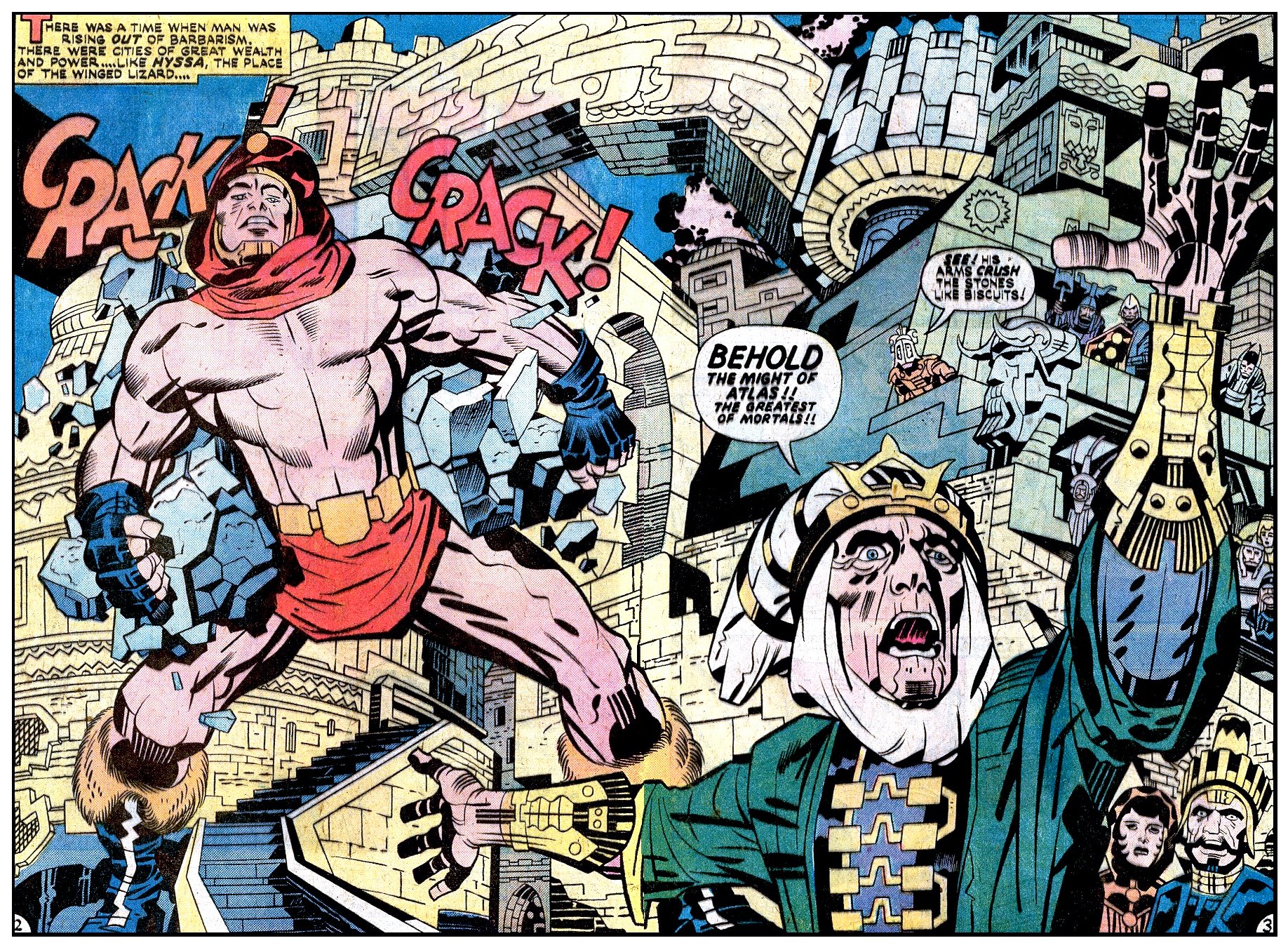Since I've covered the MLJ/Archie characters recently, and the Tower Comics T.H.U.N.D.E.R. Agents back in 2017, it's time the Charlton Comics "Action Heroes" got there due. Charlton had published superheroes in the Golden Age, but what they are remembered for (well, besides what DC has done with their characters since) is their Silver Age publications.
Like Archie Comics' hero universe, Charlton's had an early, false start. In the wake of DC's Silver Age success in the late 50s, Captain Atom by Joe Gill and Steve Ditko debuted in the science fiction anthology series, Space Adventures, starting in 1960. Captain Atom last appeared there in 1961 and by the end of that year, his artist was doing seminal work for Marvel.
In 1965, with Marvel and DC enjoying great success with superheroes, Charlton revived Captain Atom with reprints. The Golden Age Dan Garrett Blue Beetle had been reworked and re-introduced in 1964, but that character and Charlton superheroics really took off in 1966 when Dikto returned. His renewed work with Captain Atom and his introduction of a new Blue Beetle led Charlton editor Dick Giordano to debut the "Action Heroes" line. Along with these two Ditko characters (and later the Question), Giordano included Peter Morisi's Peter Cannon...Thunderbolt, Frank McLaughlin's Judomaster, and Pat Boyette's Peacemaker.
Unfortunately, the Action Heroes were not a resounding success. By the end of 1967, all the series were cancelled. After the demise of Charlton in the 80s, DC would acquire the characters. It's thanks to DC that we have any of the Action Heroes material collected at all. Maybe we'll eventually get an omnibus due the Watchmen connection?
Peter Morisi's estate owns Peter Cannon. Dynamite Comics currently has the license for him and has published two series since 2012, the latest is currently ongoing.
2 hours ago









.jpg)











